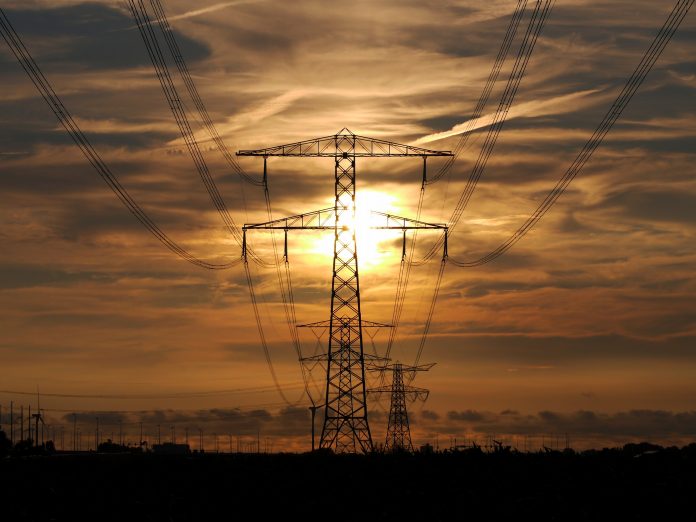Vicky Sins at the World Benchmarking Alliance tells us about decarbonisation and energy transformation and says it’s time electric utilities switch on
The electric utilities sector is often viewed as the ‘great enabler’. Many other sectors – such as transport, manufacturing and heating – are enabled through the energy generated by electric utilities. This also means that these sectors are dependent on electric utilities companies making the right choices when it comes to decarbonisation and energy transformation. But, according to our Electric Utilities Benchmark, the world’s 50 most influential and impactful companies in this space are falling well short of what is needed to secure a more sustainable future.
Indeed, the Electric Utilities Benchmark – developed in partnership with CDP, ACT and ADEME – shows that the sector has less than 10% Paris alignment. This means that electric utilities are failing to set clean energy transition targets that are fully aligned to the Paris Agreement target of well below 2°C.
Closing the ambition gap
With electricity demand predicted to increase nearly 80% by 2050, decarbonisation of the electric utilities sector is crucial in enabling change. Yet a worrying ambition gap exists at the point of energy generation. As well as poor Paris-alignment, just under half of the 50 keystone companies included have either not set emissions reduction targets or they do not extend beyond 2022. Even those with carbon-neutral ambitions have not been ambitious enough to meet the rate of emissions reductions required by the well-below 2°C pathway. This is significant because of the considerable time horizon of emissions targets needed to ignite the sort of change required to decarbonise. Given the longevity of fossil assets, targets need to be long enough to cover the emissions already locked in by these assets. Ideally, this is a long-term horizon that covers most assets’ lifetimes, as well as intermediate targets, of no more than five years apart, that incentivise short- and medium-term action.
WBA’s research suggests a gap is opening between intention and action. The sector is poor at backing up climate commitments with strategic buy-in and investment. The impact is that 70% of companies are locked-in to exceeding their carbon budgets to 2033, while the climate performance of two-thirds of the companies is expected to decline near-term. Clearly, there is a job to be done to empower companies towards making the first step and strategically buy into a low-carbon future. To achieve this, policy-makers must take a greater role in creating a landscape that provides a significant incentive for companies to implement meaningful change. Investors too must play their part in enabling the allocation of capital for transformation.
Investment is the missing link
Ambition is intrinsically linked to investment. The very limited remaining emissions budget means it is imperative that the biggest emitters decarbonise swiftly and deeply. But this is often challenging. Ten of the 35 companies ranked account for 97% of excess emissions of the 50 companies. These big emitters are based in China, India and Egypt: countries with high population densities, huge energy demands and high levels of state ownership.
While their performance is perhaps unsurprising, it should not be inevitable. China, for example, has an opportunity to leverage its pilot emissions trading scheme from 2017 to 2020 to further increase ambition and ensure electric utilities’ generation emissions enable the Paris goals. There is an even greater opportunity as the cost of renewables is now less than fossil fuels, IRENA estimating an annual saving of $23 billion if the costliest 500 GW of existing coal were replaced by solar and wind (1). There is also great potential from companies pursuing a ‘large-scale, low-carbon electricity generator’ business model, as this model is focused on renewables. But, for electric utilities to capitalise it will take sufficient financial commitments towards research and development, building on the currently small percentages (> 5%) of capital expenditure in this area.
Electric utilities to ignite decarbonisation
Electric utilities are, therefore, perfectly positioned to act as the spark needed to ignite decarbonisation within and beyond the sector. But while the sector is engaged in change, few have been ambitious enough in their efforts. Collectively, we must facilitate decarbonisation and energy transformation. Competition among operators to do more, a strong policy landscape and more direct consumer demands are all key. Ultimately, though, success will come down to one thing – ambition.
The Electric Utilities Benchmark is part of a series looking at high-emitting sectors, which includes the Automotive Benchmark and analysis of the Oil & Gas sector in 2021.











